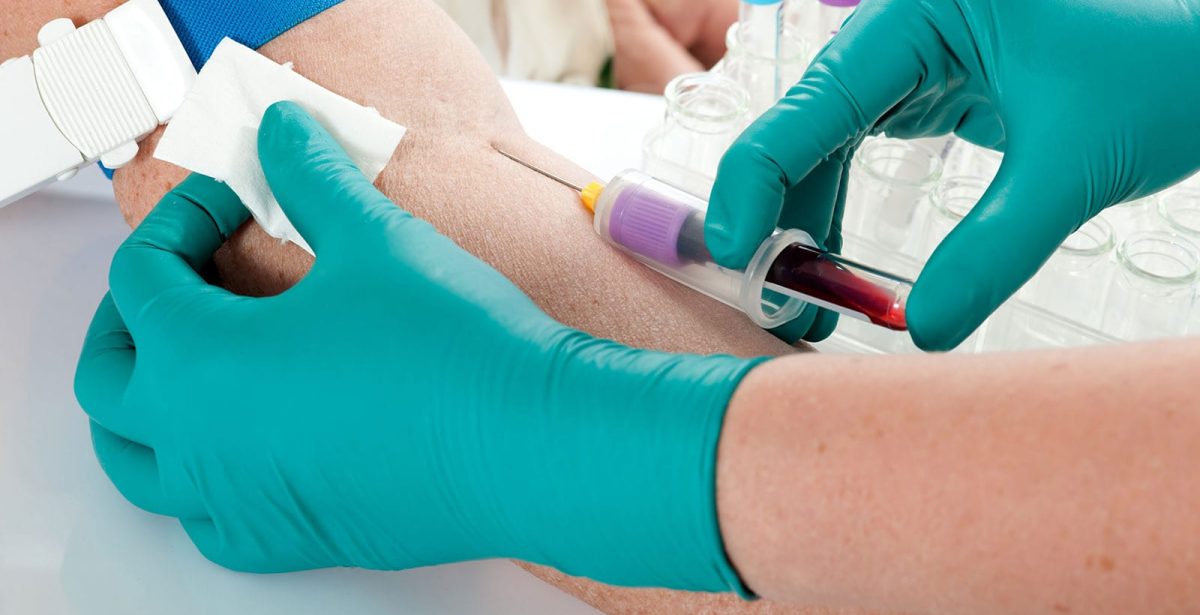Little Known Questions About Northeast Medical Institute - New Haven Campus Phlebotomy Course & Cna Class.
Little Known Questions About Northeast Medical Institute - New Haven Campus Phlebotomy Course & Cna Class.
Blog Article
How Northeast Medical Institute - New Haven Campus Phlebotomy Course & Cna Class can Save You Time, Stress, and Money.
Table of ContentsThe smart Trick of Northeast Medical Institute - New Haven Campus Phlebotomy Course & Cna Class That Nobody is DiscussingNortheast Medical Institute - New Haven Campus Phlebotomy Course & Cna Class for DummiesNortheast Medical Institute - New Haven Campus Phlebotomy Course & Cna Class - QuestionsNortheast Medical Institute - New Haven Campus Phlebotomy Course & Cna Class - TruthsHow Northeast Medical Institute - New Haven Campus Phlebotomy Course & Cna Class can Save You Time, Stress, and Money.Northeast Medical Institute - New Haven Campus Phlebotomy Course & Cna Class Can Be Fun For Anyone
The usage of such tools ought to be accompanied by various other infection prevention and control practices, and training in their use.For setups with low resources, price is a driving factor in purchase of safety-engineered gadgets. Where safety-engineered gadgets are not available, proficient use of a needle and syringe is acceptable.
labelling); transportation conditions; analysis of outcomes for scientific administration. In an outpatient division or facility, supply a devoted phlebotomy workstation containing: a clean surface area with 2 chairs (one for the phlebotomist and the various other for the person); a hand wash container with soap, running water and paper towels; alcohol hand rub. In the blood-sampling room for an outpatient division or clinic, provide a comfy reclining couch with an arm remainder.
Northeast Medical Institute - New Haven Campus Phlebotomy Course & Cna Class Things To Know Before You Get This
Make certain that the indicators for blood sampling are clearly defined, either in a composed method or in documented guidelines (e.g. in a research laboratory kind). Accumulate all the equipment needed for the procedure and place it within risk-free and easy reach on a tray or trolley, making sure that all the items are clearly visible.
Where the individual is adult and conscious, follow the actions described listed below. Present on your own to the person, and ask the patient to specify their complete name. Examine that the research laboratory kind matches the person's identity (i.e. match the person's details with the research laboratory kind, to guarantee exact recognition). Ask whether the license has allergic reactions, phobias or has ever passed out throughout previous injections or blood draws.
Make the person comfortable in a supine position (if feasible). Area a tidy paper or towel under the patient's arm. Discuss the examination to be done (see Annex F) and acquire spoken authorization. The individual has a right to refuse an examination at any moment before the blood sampling, so it is very important to make certain that the patient has comprehended the procedure.
Getting The Northeast Medical Institute - New Haven Campus Phlebotomy Course & Cna Class To Work
Prolong the person's arm and evaluate the antecubital fossa or lower arm. Situate a vein of an excellent size that is noticeable, straight and clear.
DO NOT put the needle where blood vessels are drawing away, since this enhances the chance of a haematoma. The capillary must show up without using the tourniquet. Locating the vein will certainly aid in figuring out the appropriate size of needle. Use the tourniquet concerning 45 finger widths above the venepuncture site and re-examine the vein.
Haemolysis, contamination and visibility of intravenous liquid and medication can all modify the outcomes (39. Nursing personnel and medical professionals might access central venous lines for specimens following methods. Samplings from central lines bring a danger of contamination or wrong lab examination results. It serves, but not suitable, to injure samplings when first introducing an in-dwelling venous gadget, before linking the cannula to the intravenous liquids.
Northeast Medical Institute - New Haven Campus Phlebotomy Course & Cna Class Can Be Fun For Anyone
Enable the location to completely dry. Failing to permit adequate contact time boosts the threat of contamination. DO NOT touch the cleansed site; in specific, DO NOT put a finger over the capillary to assist the shaft of the subjected needle. It the site is touched, repeat the sanitation. Execute venepuncture as follows.
Ask the client Related Site to form a fist so the blood vessels are extra noticeable. Get in the capillary swiftly at a 30 degree angle or much less, and proceed to present the needle along the capillary at the most convenient angle of entry - CNA Classes. As soon as enough blood has been gathered, launch the tourniquet prior to taking out the needle
5 Simple Techniques For Northeast Medical Institute - New Haven Campus Phlebotomy Course & Cna Class
Take out the needle delicately and apply mild stress to the site with a clean gauze or completely dry cotton-wool ball. Ask the individual to hold the gauze or cotton woollen in area, with the arm expanded and raised. Ask the individual NOT to flex the arm, since doing so creates a haematoma.

The 5-Minute Rule for Northeast Medical Institute - New Haven Campus Phlebotomy Course & Cna Class
Where feasible, keep the tubes in a rack and move the rack in the direction of you - https://anotepad.com/notes/7i5cjp33. If the example tube does not have a rubber stopper, infuse incredibly gradually right into the tube as lessening the stress and speed made use of to move the sampling reduces the risk of haemolysis.

Report this page